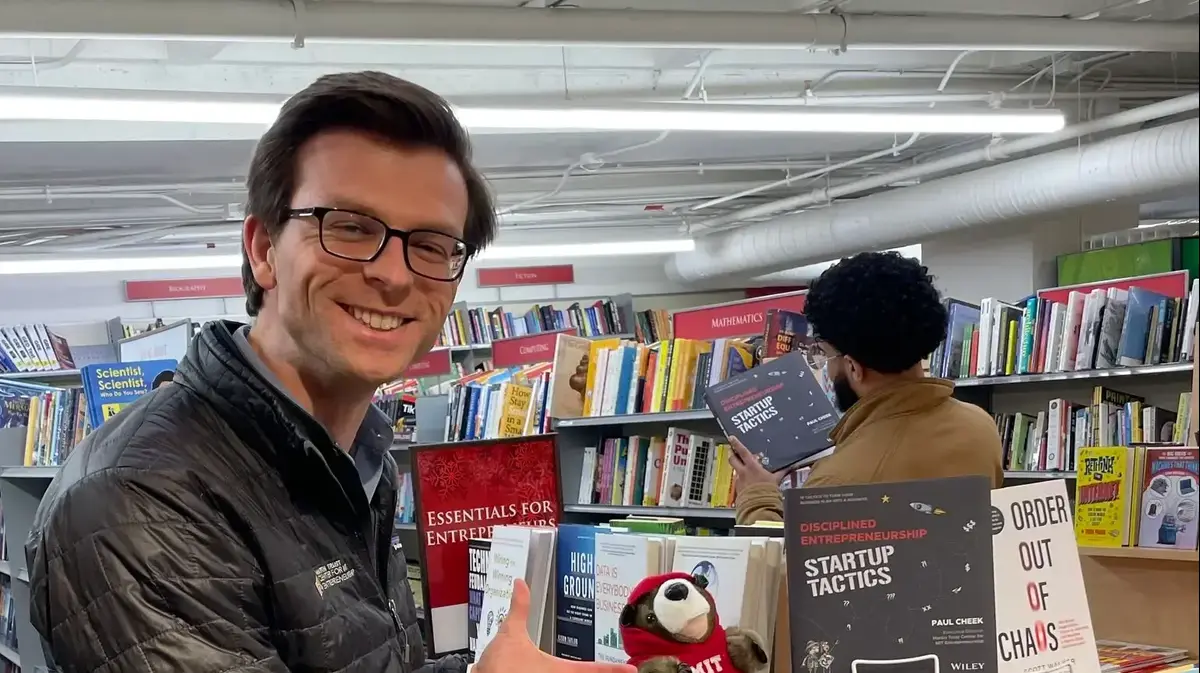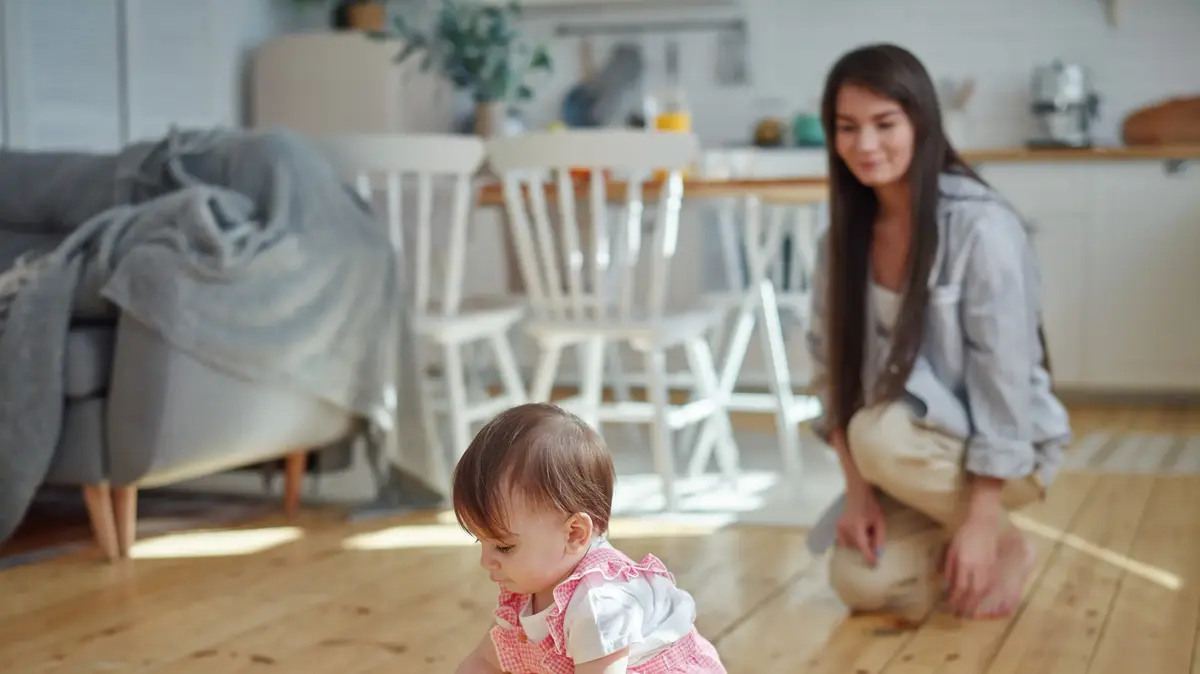The writer Chimamanda NGozi Achidie, author of the best-seller
We should all be feminists,
reflected a few months ago in an interview in EL PAÍS about why the most fun toys were for children, who are encouraged to build large infrastructures and star in adventures, while for girls, like her four-year-old daughter, "stupid little dolls" were reserved for them.
The latest analysis of Christmas advertising to sell children's toys shows that this is still largely the reality to which the industry appeals, but a more equal world is making its way, still timidly, like the one she claims in her book most famous, in which boys also play caring or cleaning and girls fly airplanes.
The Institute for Women and for Gender Equality has analyzed the children's ad campaign last Christmas and has drawn some interesting conclusions that it presented this Monday.
On the one hand, gender stereotypes are maintained, but there is a slight twist: in addition to flirtatious women, mothers and princesses, girls appear in a small percentage of cases as warriors and heroines.
And alongside the little adventurers, there are games with caring parents.
"They begin to appear in a new role of caregiver or father," explained Diego Fernández, head of the study
Advertising and Christmas toy campaigns: Promotion or breaking of gender role stereotypes?
Fernández emphasizes that it is something that had not been seen in previous reports.
The study analyzes 177 children's advertisements broadcast between December 2, 2019 and January 6, 2020, mainly in the time slots with the highest children's audience: from 7:00 a.m. to 10:00 a.m. and from 6:00 p.m. to 9:00 p.m., almost all (82.6%) issued during drawing programs.
More than half of the ads aimed at girls (56% of all those that sell toys that some of the industry still considers female) include sexist archetypes.
Thus, they are above all flirtatious - as seen in one in four cases - or caregivers (in one in five).
Only at the end of the table do the warriors and heroines appear, with 3.7% in each case, respectively.
In 17% of cases, they are also female pilots and police officers in children's advertisements.
A third of the spots featuring them also show genre archetypes.
And there, this is not new, warriors, heroes and adventurers stand out above all, but caregivers are also seen in 9% of cases and householders in 4.4%.
The main conclusion of the report, however, is that toy advertising continues to reinforce occupational segregation by sex.
34% of advertisements related to professions and aimed at girls are associated with the hairdressing and aesthetics sector and one in 10 sexualises them.
Meanwhile, half of those who address children show pilots, policemen or the military.
Action toys for them (28.9% of cases) and dolls for them (47.5%) continue to win.
And while schools and universities struggle to promote more vocations in technology careers among girls, toys continue to lead the opposite way: the most technological are presented for them.
In more than half of the cases, they were devices for research and with devices, while more than half of the toys intended for them (57.7%) did not have any electronic function.
The pink fades
Pink is no longer always the protagonist of advertisements aimed at girls.
Now the bright colors appear more but yes, when you see a pastel and pink tone it is usually especially for them (28% in the case of ads aimed at girls, 8.4% at boys).
The Secretary of State for Equality, Noelia Vera, has highlighted that the Christmas toy advertising campaign is one of those occasions in which the “feminist alert” is awakened because they show “girls who take care of and boys who fight, as then they leave translating into adult life ”.
All in all, Vera has applauded the opening of "other types of intentions within advertising", such as that "children feel comfortable playing with dolls and cooking" although "it is still a very minority".
The director of the Institute for Women and Equal Opportunities, Beatriz Gimeno, accuses these campaigns of "restricting the freedom of boys and girls to choose which toys they would feel most comfortable with." Children "are predicted a future of social and professional success." For them there is "a much more restricted offer" and they are "going to be stimulated above all to deal intensely with their physical appearance", which in the future "will lead to a deficient development of their self-esteem". Gimeno has offered the collaboration of the Women's Institute to the toy sector to "review its self-regulation codes, which the report describes as insufficient to combat sexism, which remains a constant." For the Christmas campaign, they have prepared a poster with the slogan
The magic is avoiding sexism. PLAY TO BE FREE
.

/cloudfront-eu-central-1.images.arcpublishing.com/prisa/RGE7MC47IVA4XLHOT3CDIOZVLU.jpg)
/cloudfront-eu-central-1.images.arcpublishing.com/prisa/QXRUCT4LIRFWJKV23QWCYD4S2A.jpg)












